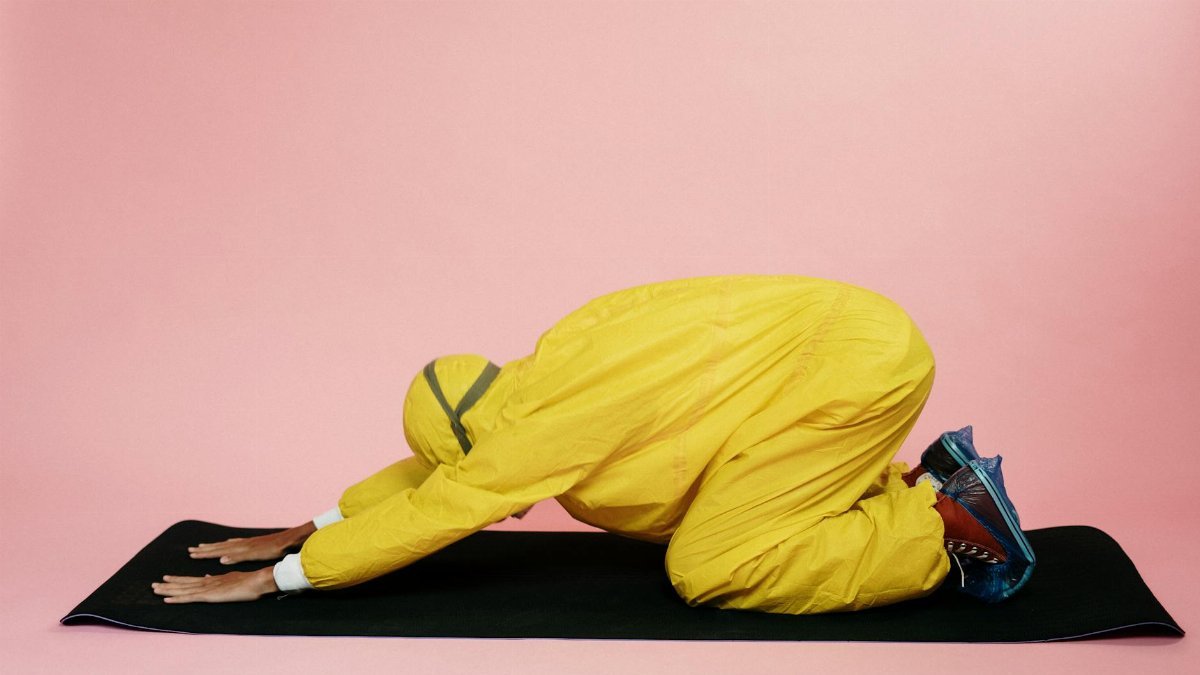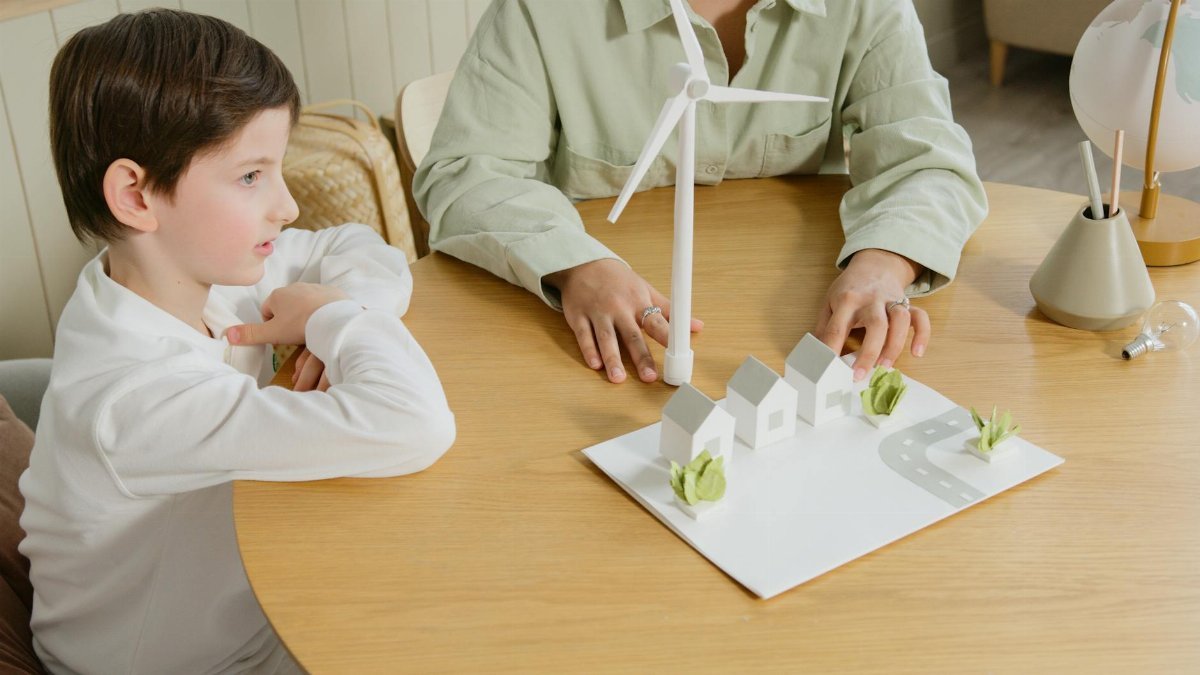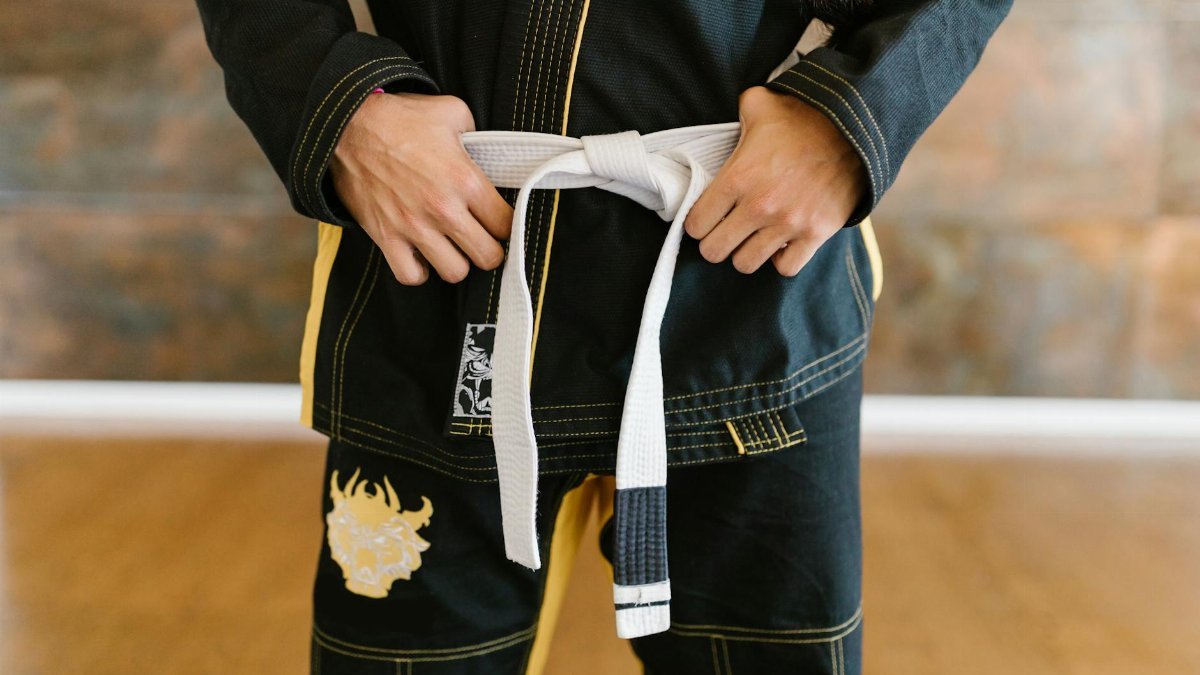Walk into any coffee shop in Portland or a yoga studio in Austin these days, and you’re likely to overhear hushed conversations about releasing emotional baggage. There’s a quiet but growing fascination with the idea of shedding invisible weights—those burdens we carry from past hurts or lingering stress. It’s not just a passing fad. More Americans are turning to mind-body healing as a way to address not only physical tension but also the emotional armor we build to protect ourselves. This shift reflects a broader cultural hunger for wholeness, a desire to feel lighter in a world that often feels heavy. What’s driving this trend, and how can specific practices help us let go of these unseen defenses? The answers lie in understanding how our emotions and bodies are deeply intertwined, and in exploring tangible ways to release what no longer serves us.
1. Recognize the Weight of Emotional Armor

Emotional armor isn’t something you can see, but you can feel it. It’s the tightness in your chest during a heated argument, the way your shoulders hunch when a painful memory resurfaces. This protective shell forms over time, often as a response to trauma, rejection, or chronic stress. While it may shield us momentarily, it can also trap us, limiting how fully we connect with others or even ourselves. Studies from institutions like the National Institutes of Health suggest that unresolved emotional stress can manifest physically, contributing to issues like chronic pain or fatigue. Recognizing this armor is the first step. It’s about noticing when your body tenses or when certain topics make you instinctively pull back. Only then can you begin to address what’s beneath.
2. Practice Mindful Breathing to Soften Defenses

Breathing seems simple, almost automatic. Yet, when done with intention, it can become a powerful tool for mind-body healing. Slow, deep breaths signal to your nervous system that it’s safe to relax, helping to loosen the grip of emotional armor. A 2017 study published in the journal Frontiers in Psychology found that mindful breathing reduces stress hormones like cortisol, creating a cascade of calm through the body. Try this: Sit quietly for five minutes, inhaling for a count of four and exhaling for six. Notice where tension lingers. Over time, this practice can help you access emotions you’ve buried, allowing them to surface without overwhelm.
3. Engage in Body Scanning for Awareness

Imagine lying on a yoga mat after a long day, eyes closed, as you mentally travel through your body. This is body scanning—a technique where you focus on each part of yourself, from toes to scalp, observing sensations without judgment. It’s a cornerstone of mindfulness-based stress reduction programs, often recommended by clinicians at places like the University of Massachusetts Medical School. The process can reveal where emotional armor hides—maybe a clenched jaw or a knot in your stomach. By bringing awareness to these areas, you start to release pent-up tension. It’s not about forcing change but simply noticing. That act alone can be transformative.
4. Use Journaling to Unpack Hidden Emotions

Some emotions are too tangled to speak aloud. That’s where journaling comes in. Scribbling thoughts without a filter can unearth feelings you didn’t know were there, helping to dismantle emotional defenses. A study from the American Psychological Association highlights that expressive writing can lower anxiety and improve mood over time. One woman, reflecting on her process, noted how writing about a past betrayal felt like “lifting a stone off my chest.” Set aside ten minutes daily to write whatever comes up, even if it’s messy. The page doesn’t judge. It’s a safe space to let go.
5. Explore Somatic Movement to Release Stored Tension

Not all emotional armor can be talked or thought away. Sometimes, it needs to be moved out of the body. Somatic movement—gentle, intentional motions like shaking or stretching—helps release stored energy from past stress. Think of a dog shaking off water after a bath; humans, too, can shake off emotional residue. Therapists trained in somatic experiencing often guide clients to notice how their bodies feel during movement. It’s less about exercise and more about listening. A simple practice might involve standing, closing your eyes, and gently swaying, letting your body decide what feels right. This can reconnect you to parts of yourself long ignored.
6. Incorporate Guided Meditation for Inner Safety

Meditation isn’t just for quieting the mind; it can also create a sense of inner safety, a prerequisite for shedding emotional armor. Guided sessions, often available through apps or community centers, lead you through visualizations that help you feel grounded. Picture a warm light enveloping you, easing the need to guard yourself. Research supported by the National Center for Complementary and Integrative Health shows meditation can reduce symptoms of anxiety and depression, conditions often tied to emotional defensiveness. Start with just a few minutes a day. Over weeks, you might notice old walls beginning to crumble.
7. Seek Connection Through Vulnerable Conversations

Emotional armor often builds to shield us from hurt in relationships. Yet, ironically, opening up can help dismantle it. Sharing a fear or regret with a trusted friend doesn’t just lighten the load—it reminds us we’re not alone. A recent anonymous account shared online described the relief of admitting to a close friend, “I’ve been scared to fail again.” That moment of vulnerability shifted something inside. While it’s not easy, starting small—maybe acknowledging a tough day—can build trust. Human connection, when safe, is a potent form of mind-body healing, knitting together emotional and physical well-being.
8. Experiment with Energy Work Like Reiki

For some, the concept of energy work sounds abstract, even dubious. Yet practices like Reiki, where a practitioner channels energy through light touch or near-body gestures, have gained traction for releasing emotional blocks. The idea is that energy stagnation mirrors emotional armor, and clearing it can bring relief. While scientific consensus is still forming, anecdotal reports and small studies suggest benefits for relaxation and stress reduction. Sessions often leave participants feeling lighter, as if invisible weights have lifted. If curious, seek a certified practitioner and approach it with an open yet discerning mind. It’s one of many paths to explore.
9. Embrace Nature as a Healing Space

Step outside, and the world feels different. A walk in a park or along a beach can strip away layers of emotional armor without much effort. Nature has a way of grounding us, reminding us of rhythms bigger than our personal struggles. Research from environmental psychologists shows that time in green spaces lowers stress markers in the body, fostering a sense of ease. One man recalled sitting by a river after a bitter argument, feeling his anger dissolve with each ripple he watched. Even a backyard or local trail can work. The key is presence—feeling the air, hearing the leaves, letting nature hold space for release.
10. Practice Self-Compassion to Lower Inner Defenses

Often, the harshest armor we wear is against ourselves. Self-criticism builds walls that keep us from healing. Self-compassion—treating yourself with the kindness you’d offer a friend—can soften these barriers. It’s not about ignoring flaws but accepting them as part of being human. Studies linked to the Self-Compassion Research Lab show that this practice reduces shame and boosts resilience. Try placing a hand on your heart during a tough moment, whispering, “This is hard, and I’m here for myself.” Small gestures like this chip away at internal defenses over time.
11. Commit to Consistency Over Perfection

Releasing emotional armor isn’t a one-time event. It’s a gradual unfolding, requiring patience and persistence. Whether it’s breathing exercises, journaling, or time in nature, the magic lies in showing up regularly, even imperfectly. Mind-body healing thrives on small, repeated efforts rather than grand gestures. A missed day isn’t failure—it’s just a pause. The goal in 2025 isn’t to erase all defenses overnight but to cultivate a gentler relationship with yourself. Over weeks and months, you’ll likely notice the load feels lighter. It’s less about reaching a destination and more about walking the path with curiosity and care.
